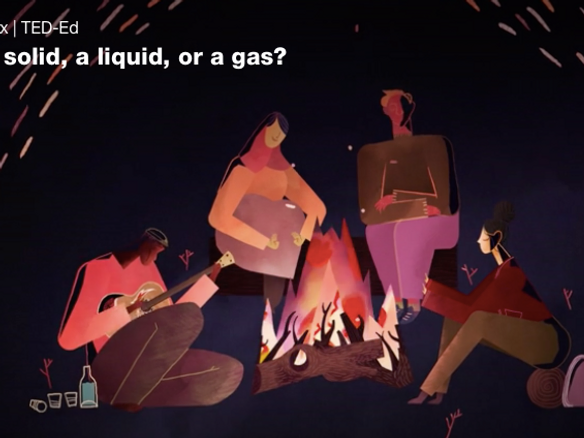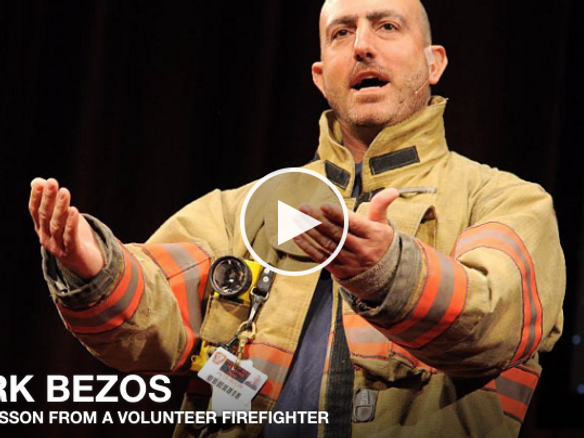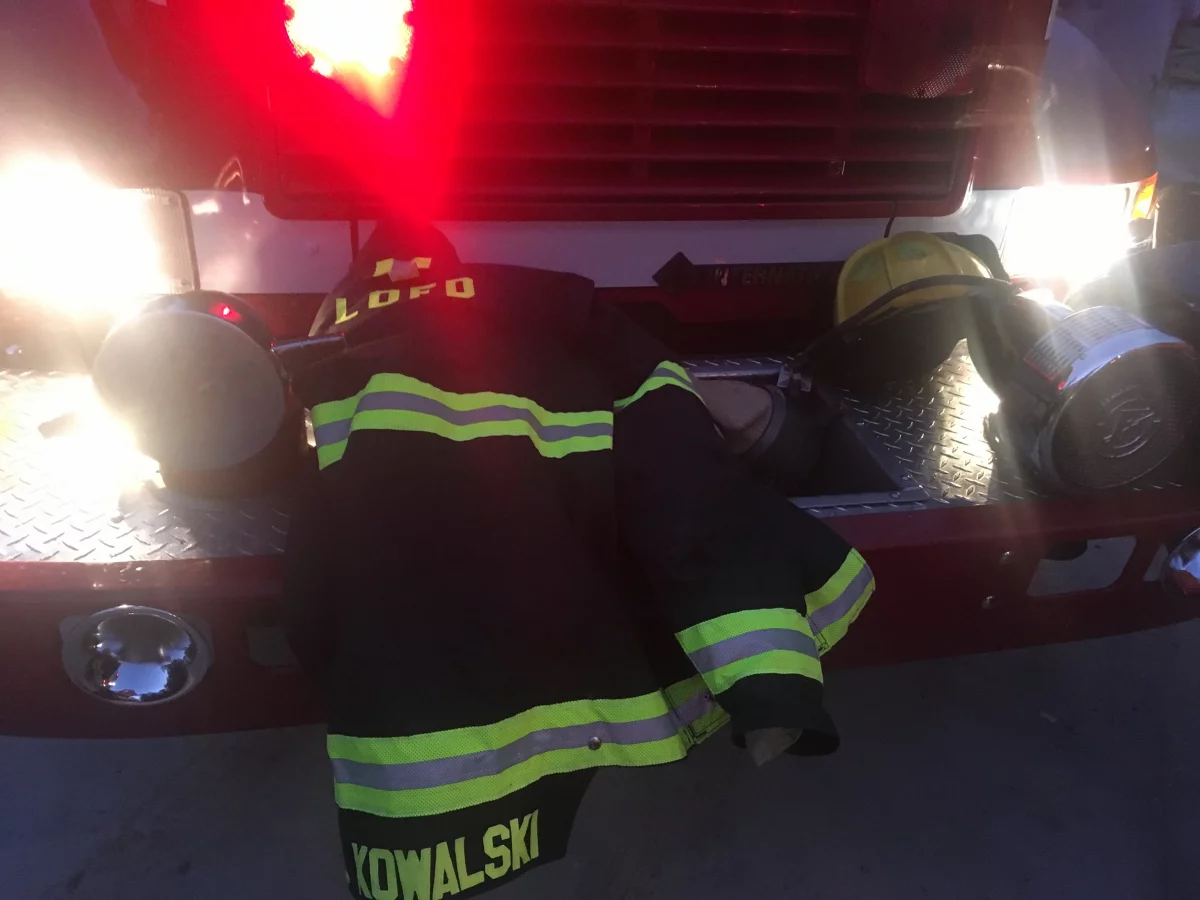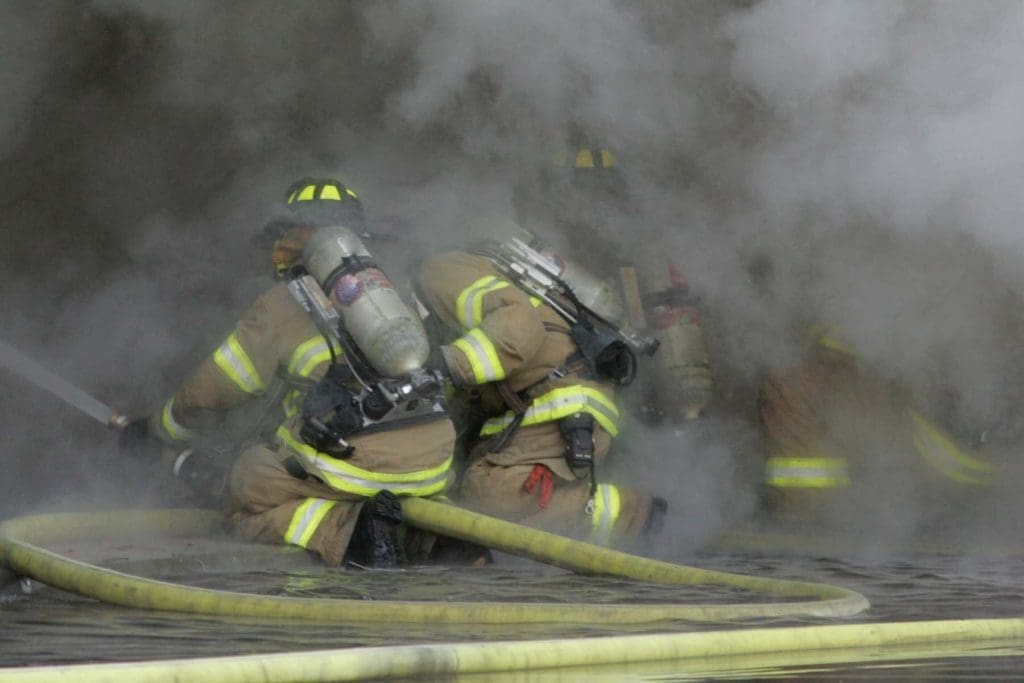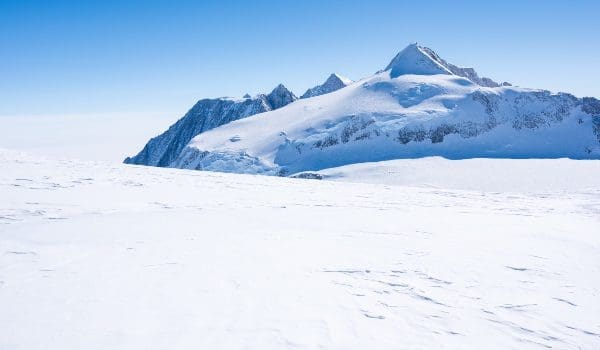NOTE: This is a speech I gave at my fire hall’s annual awards banquet and felt it was worth sharing.
This is our fire hall. This is our fire family.
We are members of a unique and special brother and sister-hood that goes back centuries to ancient Rome and even before that in ancient Egypt.
In 1666 the Great Fire of London helped standardize firefighting. In America, George Washington, the future President was a volunteer firefighter in Alexandria, Virginia as a member of the Friendship Veterans Fire Engine Company. Benjamin Franklin was also a volunteer firefighter helping to create the first fire department in Philadelphia in 1736.
The first known female firefighter Molly Williams took her place with the men on the drag ropes during the blizzard of 1818 and pulled the fire water pump to the fire through deep snow.
The first organized municipal fire brigade in the world was established in Edinburgh, Scotland, when the Edinburgh Fire Engine Establishment was formed in 1824. London was formed 9 years later in 1833.
The fire service is deep in rich history.
Firefighters have been helping in the community and engaging in charitable causes through generations. An early example is firefighter Royal Tunbridge Wells helping to raise money for widows and orphans. He used his dog ‘Jack’ and cat ‘Arthur’ to help encourage donations.
Speaking personally, I joined after the Gatlinburg fires… after our mountain, Signal Mountain was on fire. I still remember driving with my family on 153 towards the mountain and seeing the plumes of smoke. Our mountain was on fire. At that moment I had to help. Not just something to do but a deeper calling from within. To help my
family, to help my community. To protect us all. I am a protector. Maybe 6 or 8 months after that… I remember Captain Jody Clift out at one of our trainings and he said to me, “You’ve got the fire bug. I see it.” He was right. And that bug burns hotter now than ever. I’ve taken many classes, gotten certifications and am in rookie school. I’m planning on attending many conferences and seminars to continue to learn. I’m also working on transitioning my career to help fire service organizations (but that’s another story for another time). I am a protector and part of the fire service and part of the Lone Oak Volunteer Fire Department.
Why are you here? Why are you part of the fire service?
Regardless of the fire service history and changes through the years. And the reasons on why we are here. There is one constant thing that will never change. Courage, Compassion and Community.
This is our fire hall. This is our fire family. We are here to help the community in which we live. We are here to be an integral part of our community. And when I talk of this, I don’t mean just the members. I’m talking about everyone in this room – our families. They give to and help our community. They share us. When the call comes in the middle of the night or when we’re just sitting down to dinner. They share us and give to our community too. Thank you to my wife and kids, and all of our families from the bottom of my heart.
This is our fire hall. This is our fire family.

